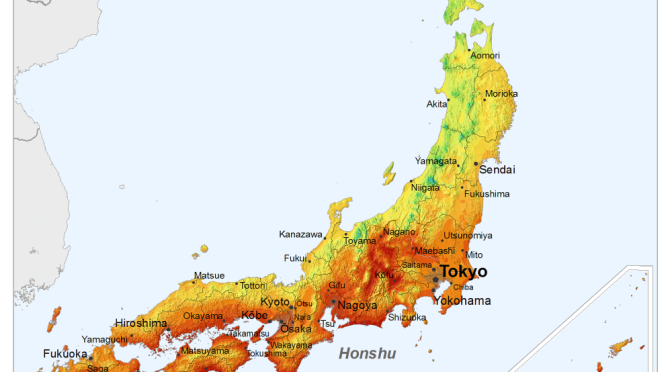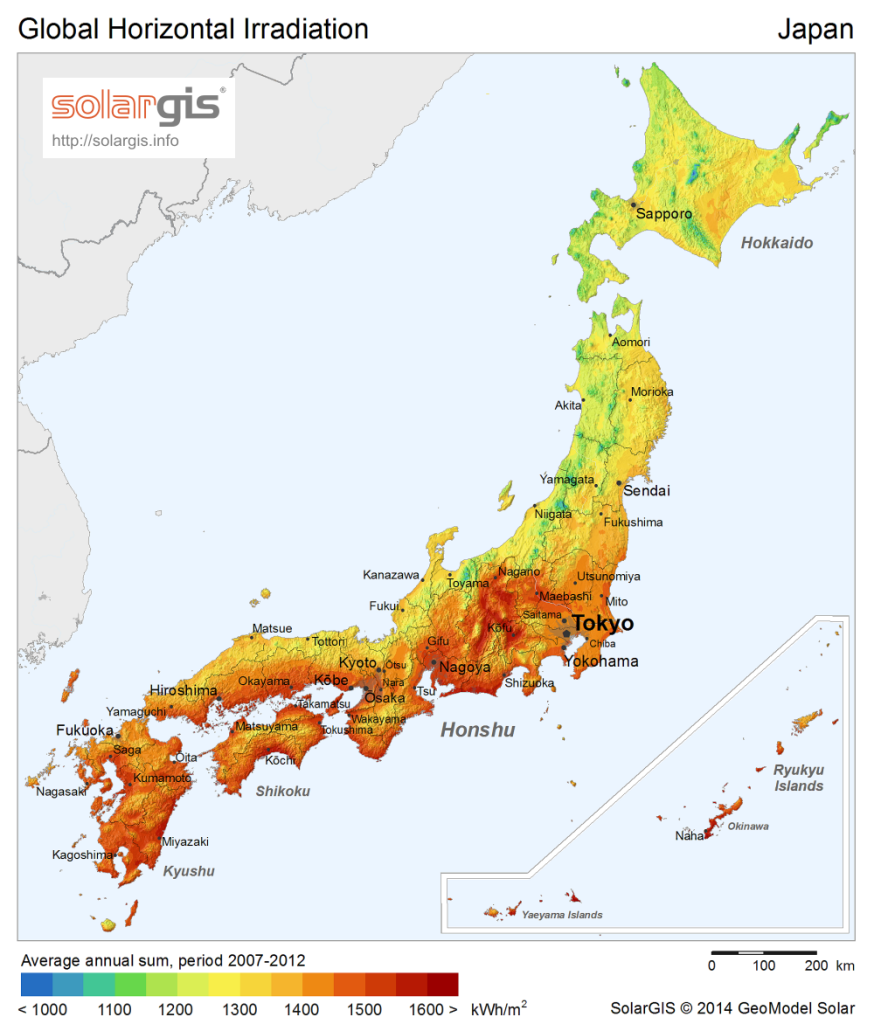
Japan is a leader in solar photovoltaic innovation. While ill-considered tariffs and silicon shortages have slowed domestic manufacturing and production, tensions between the United States and China could give Japan the opportunity to grow its solar industry.
Japan’s solar photovoltaic (PV) industry would seem enviable for countries committed to a successful energy transition.
Japan’s solar PV capacity has increased more than 18-fold since the country pledged to diversify its electricity mix away from nuclear power after the 2011 Fukushima disaster; That led Japan to take its 54 nuclear plants offline for safety checks.
Japan has long been a leader in the solar energy industry and this year made headlines as the first Asian country to deploy floating solar systems. With an impressive installed solar capacity that, according to GlobalData, is second only to China and the United States, Japan has proven to be a leading player in this field. The country is also home to some of the most innovative companies in the photovoltaic solar energy sector, with Panasonic and Mitsubishi being the world leaders by number of patents held.
However, a closer look at Japan’s solar PV sector reveals a lack of progress in other parts of the business. Despite being home to some of the most innovative companies in the field, Japanese companies lag behind their global peers when it comes to manufacturing solar technology at scale. Data from GlobalData shows that the current top ten solar manufacturing companies are predominantly Chinese.
The increase in installed solar capacity in Japan can be attributed to the introduction of a renewable energy feed-in tariff (FiT) in 2012, following the 2011 Fukushima disaster. The 40 yen ($0.37) per kilowatt subsidy hour (kWh) for solar energy was above the global average (and double the UK rate) and appealed to the domestic market. There was an increase in demand for renewable energy, with 1.2 million applications in 2015, mainly for solar photovoltaic installations. If all the proposed projects were carried out, Japan could shut down most of its nuclear plants forever, Mika Ohbayashi of the Japan Renewable Energy Foundation, a Tokyo-based think tank, told Japan Today at the time.

However, power utilities struggled to meet the immense demand for grid connections. They revolted, saying they were overwhelmed and blocked access to the grid. Kyushu Electric Power, which supplies electricity to nine million households in southern Japan, stopped accepting new applications for grid connections in September 2015 after 72,000 solar power producers rushed to beat a cut in the guaranteed tariff to Y27/kWh.
“The [feed-in] tariffs [left] a huge portion of the solar energy [industry] in shambles,” says Irina Tsukerman, a geopolitical analyst and president of New York advisory Scarab Rising. “The movement in that direction was too drastic, leaving power utilities overwhelmed to the point of revolt. All of this resulted in supply lines becoming unreliable, and as a result of the tariff system being imposed too broadly, the [retail electricity] prices overall skyrocketed and the utilities ended up being underpaid or not paid at all.”